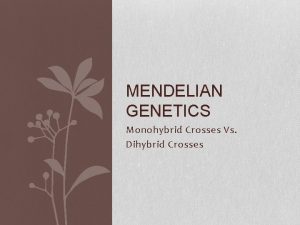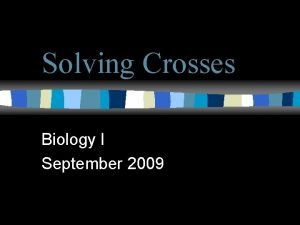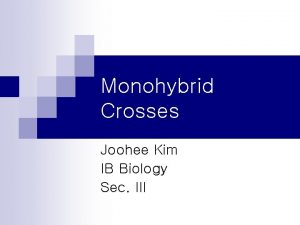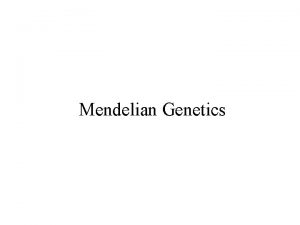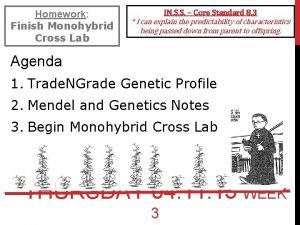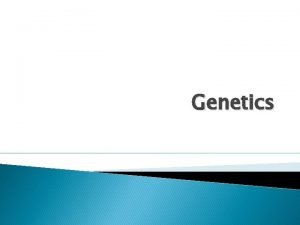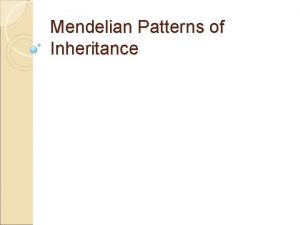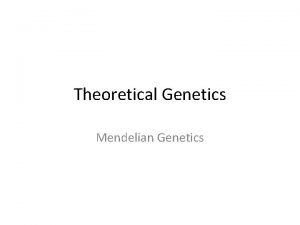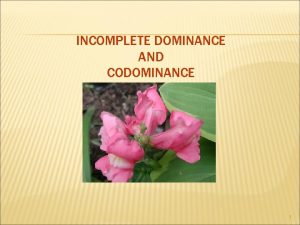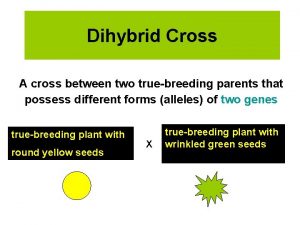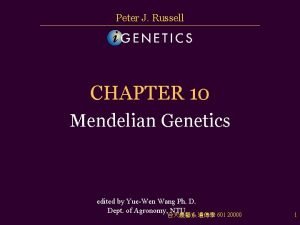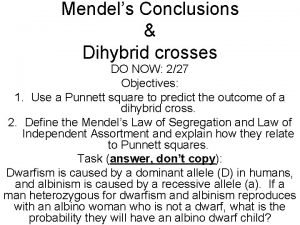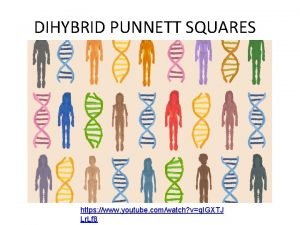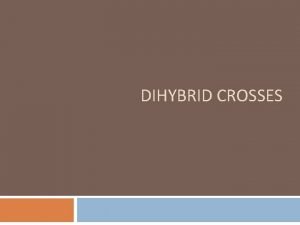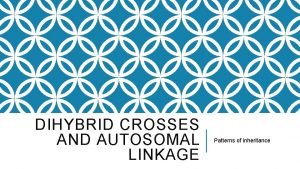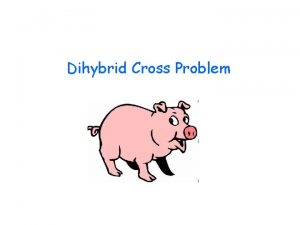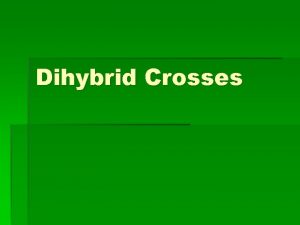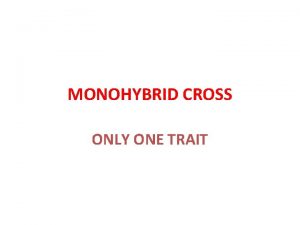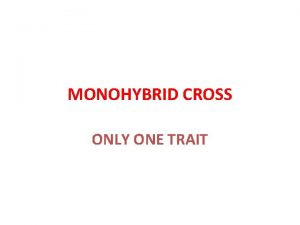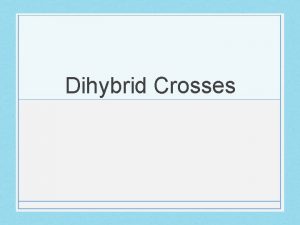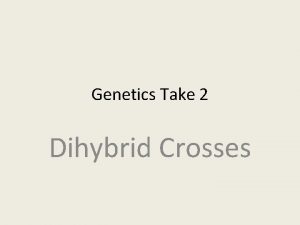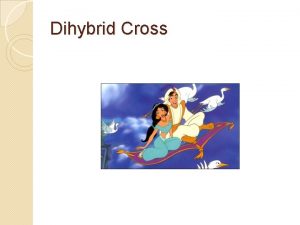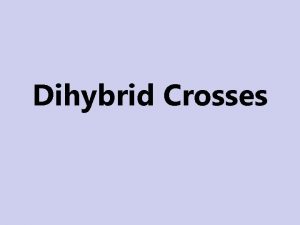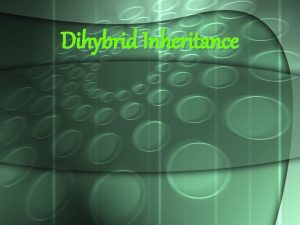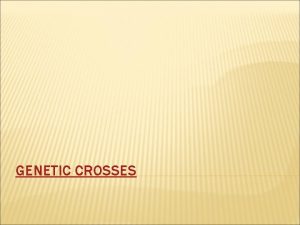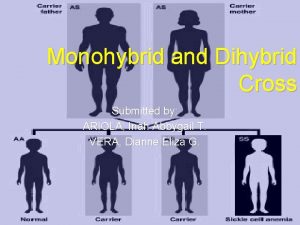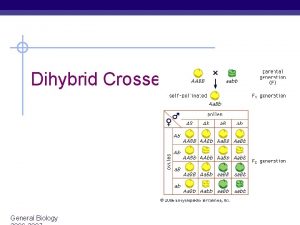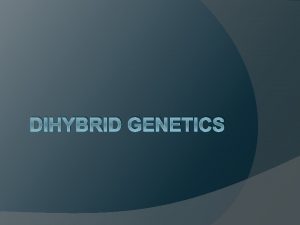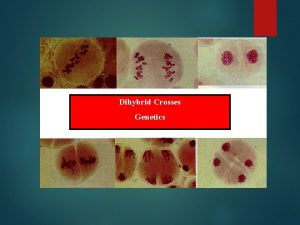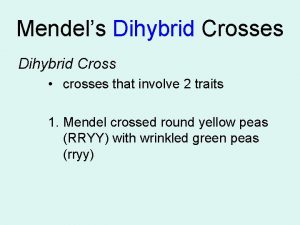Difference between a monohybrid cross and a dihybrid


Difference between a monohybrid cross and a dihybrid cross

Difference between phenotype and genotype

Difference between dominant and recessive

Difference between homozygous and heterozygous

Explain the Law of addition for genetic probability, provide example

Explain the Law of multiplication for genetic probability, provide example

Describe a pedigree; what does each symbol and line represent

Difference between incomplete and codominance

What are sex linked genes

what are gene maps?

Explain what is meant when a gene is said to have multiple alleles, provide an example

What are linked genes?

Describe and illustrate the P, F 1, and F 2 generations

Explain Mendel’s law of independent assortment

Explain pleiotropy and its importance in genetic disorders

Explain epistasis

What is polygenic inheritance

A male and female have 3 offspring all of which are female. The couple is now pregnant again. What is the likelihood that the next child will be a female? (A) 1/16 (B) ¼ (C) 1/3 (D) ½ (E) ¾

What is the likelihood that a couple will have 4 offspring all of which are female? (A) 1/16 (B) ¼ (C) 1/3 (D) ½ (E) ¾

A child is born with the blood type B. The mother of the child is blood type O. Which of the following statements is most correct? (A) The father must be type B (B) The father could be type AB (C) The father passed along a recessive allele (D) The mother could have passed along a type B allele (E) The mother could have passed along a dominant allele

If traits X, Y, and Z are consistently inherited together, which of the following best explains why this is the case? (A)These 3 traits are all dominant. (B)The parents both carry the dominant form of each trait. (C)These 3 traits are located on different chromosomes (D)These 3 traits are located close to each other on the same chromosome. (E)These 3 traits are located far from each other on the same chromosome.
- Slides: 22

